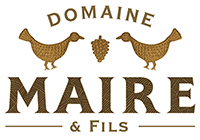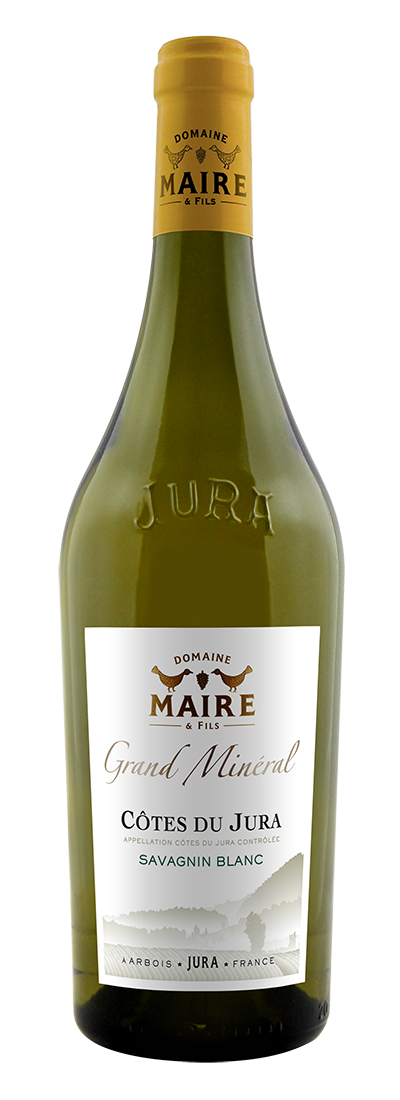CÔTES DU JURA SAVAGNIN BLANC 2020

Created in 1937, the AOC (designation of origin) of Cotes du Jura is omnipresent in the north and south of the vineyard, on varied and contrasting terroirs. It is the second leading AOC in Jura in terms of production, and it engages all five of the Jura's grape varieties.
The whole range of wines of the Jura is represented, although the whites dominate - still or sparkling - with wines that are round, fruity, and generous.
The work in the vines, is based on the respect of the nature and the soil. For young vines, located on steep slopes, to avoid erosion, we cultivate a row out of two, practice soil reassembly to aerate the lands subjected to settlement due to moisture, and grass with plants.
Such as clover, which, by competing on the vine, can modulate its mineral and water supply and control its vigor and yield. The Guyot double size is necessary to better control the performance.
Then the fermentation starts, maintained at low temperature (20- 22°C).
Ageing in stainless steel tanks, on fine lees and for 2 -3 months to aid the preservation of the wine's minerality, purity of fruit and crisp acidity.
We were slightly less affected in the Jura vineyards, by drought than other regions thanks to rain during the month of August. One of the main challenges with this very early harvest was to achieve both optimal ripeness and balance.
Harvest was spread over a month on this estate, which has 234 ha (578.22 ac) in production this year. The harvest was good thanks to the replanting and reorganizing carried out in the vineyard over the last five years.
Initial tastings, Jacques Hauller:
‘The Jura, now more than ever, can lay claim to being the sixth sub-region of Burgundy! It boasts citrusy Chardonnays with a distinct mineral quality despite the very ripe state of the grapes and fruity Pinot Noirs with ripe tannins.
Careful plot selection reveals the potential of our Vignes aux Anes Trousseau; Vignes de Sorbief Savagnin and Chardonnay; a new gem like the delicate, elegant Pinot Noir in Arbois-Pupillin in the locality called ‘La Ronde’, which has been planted alongside the largely-forgotten native variety, Petit Béclan, which produces lively, light red wines which are great for blending purposes; and last but not least, carefully-selected Chardonnay from the vines at Grange Grillard.’

